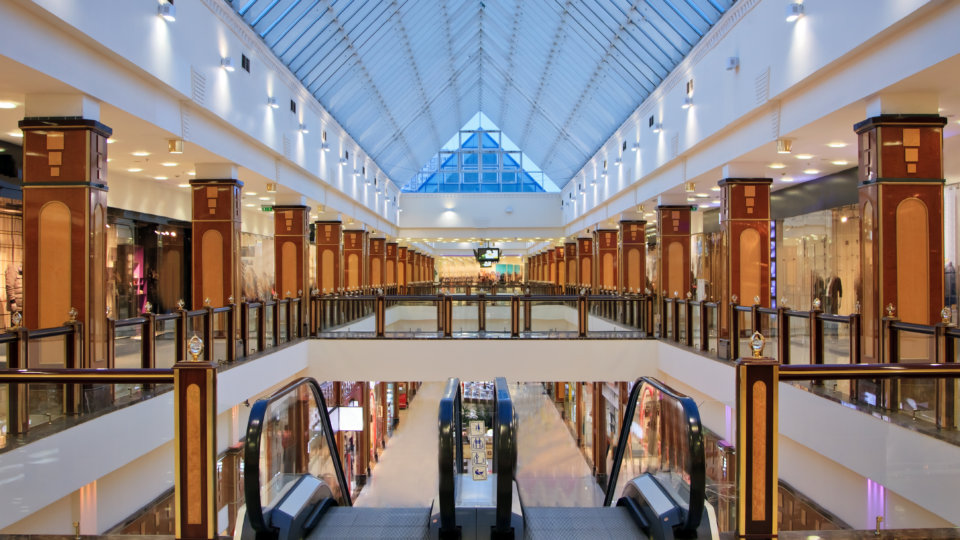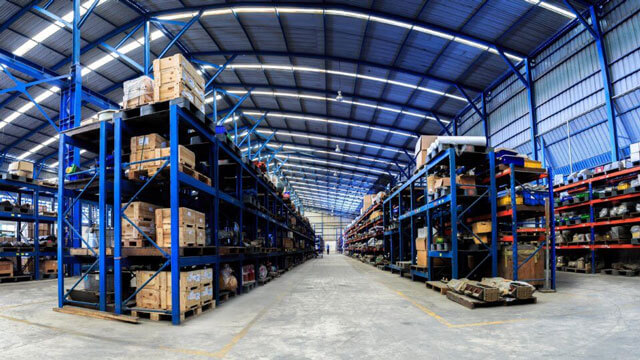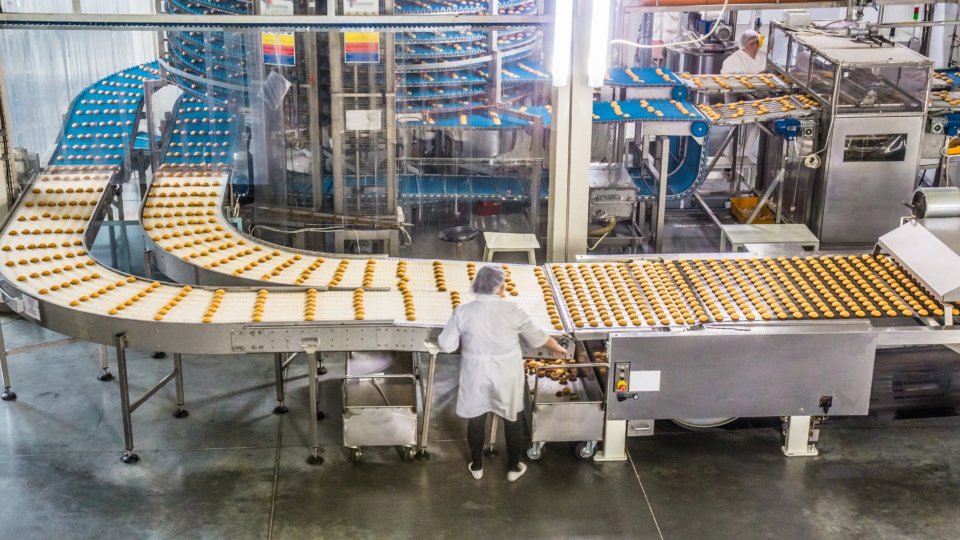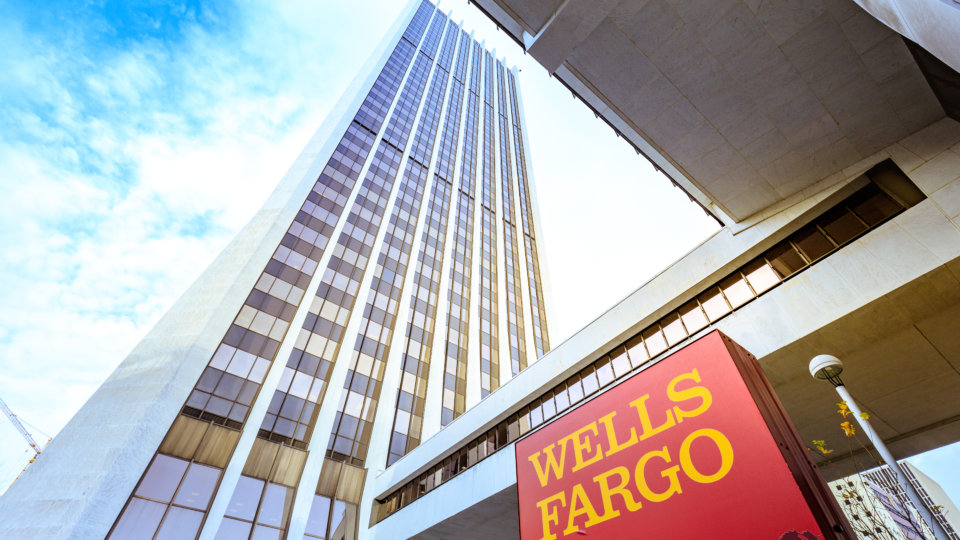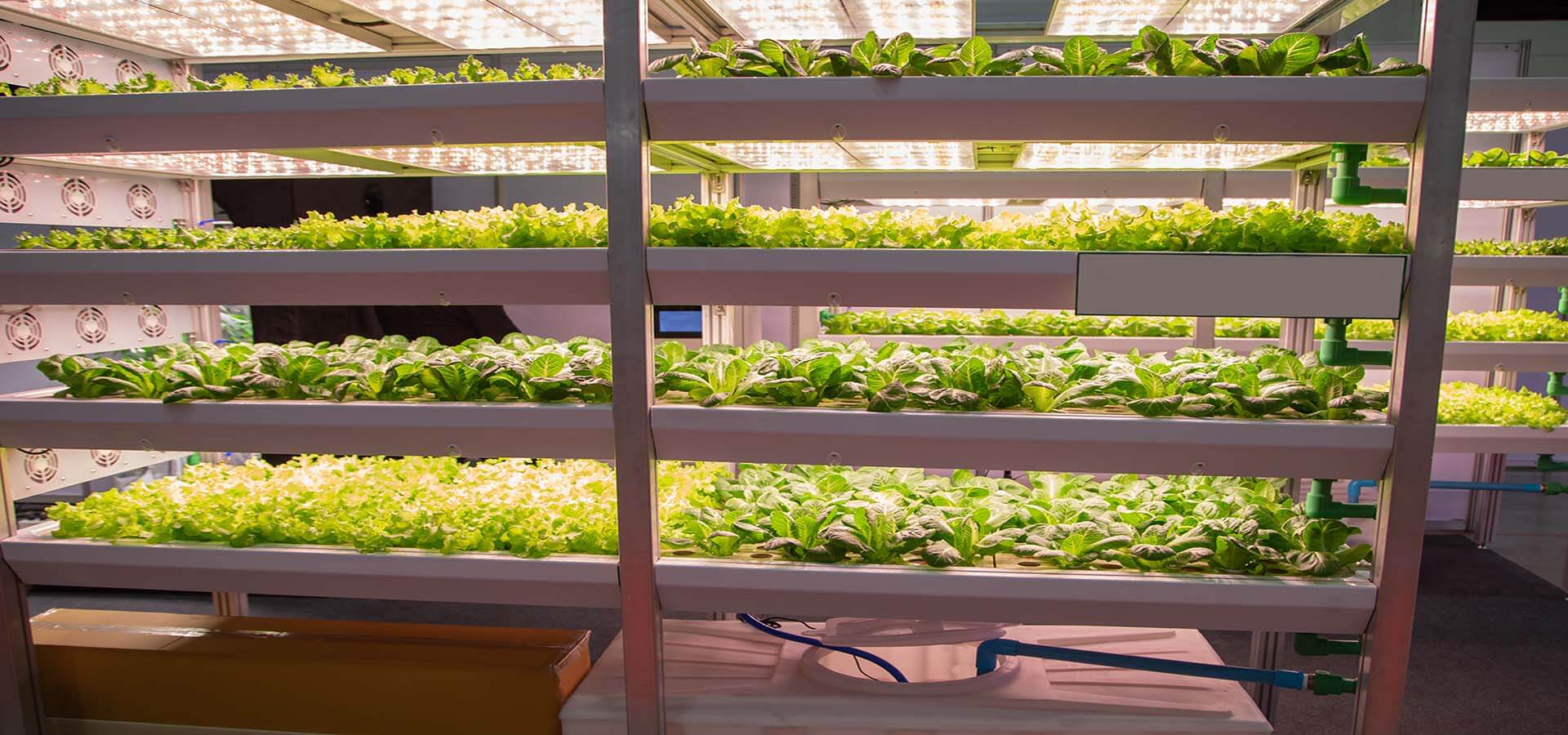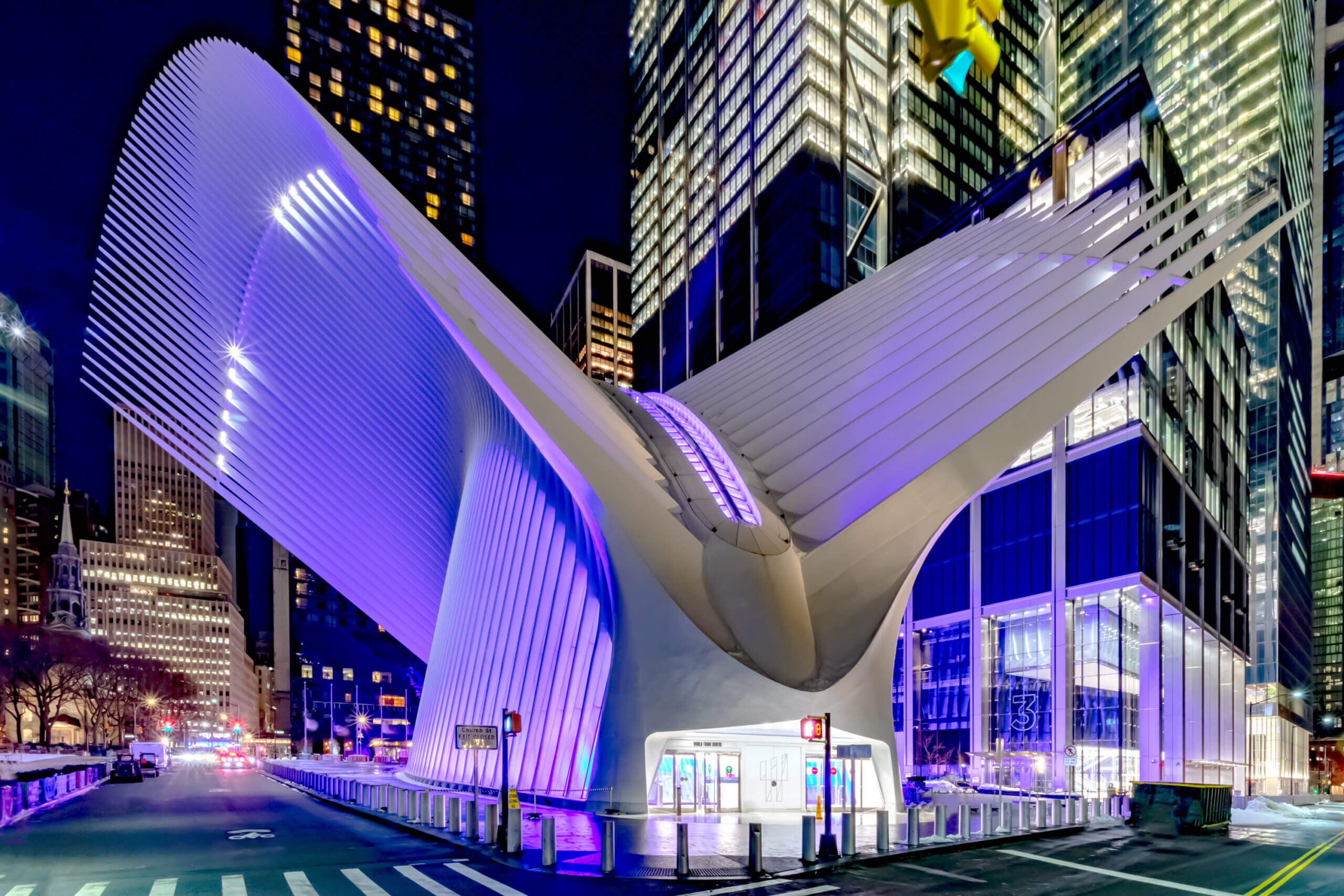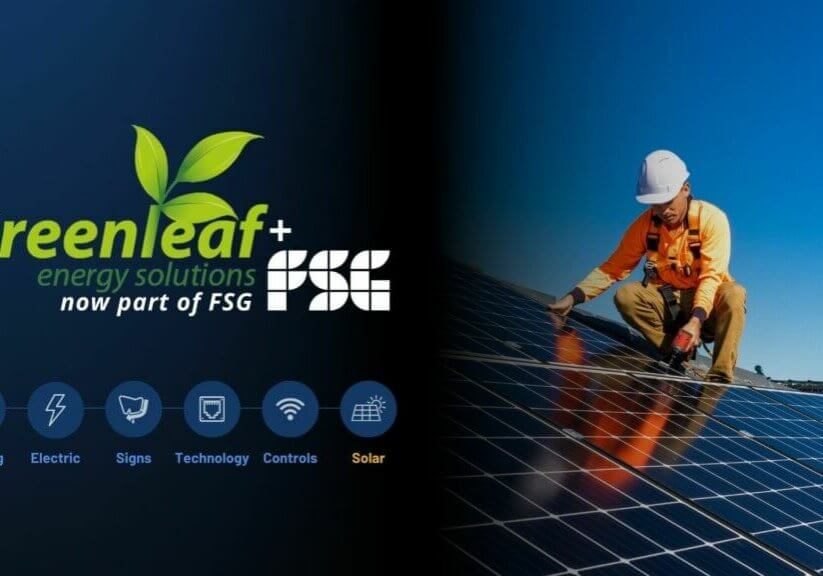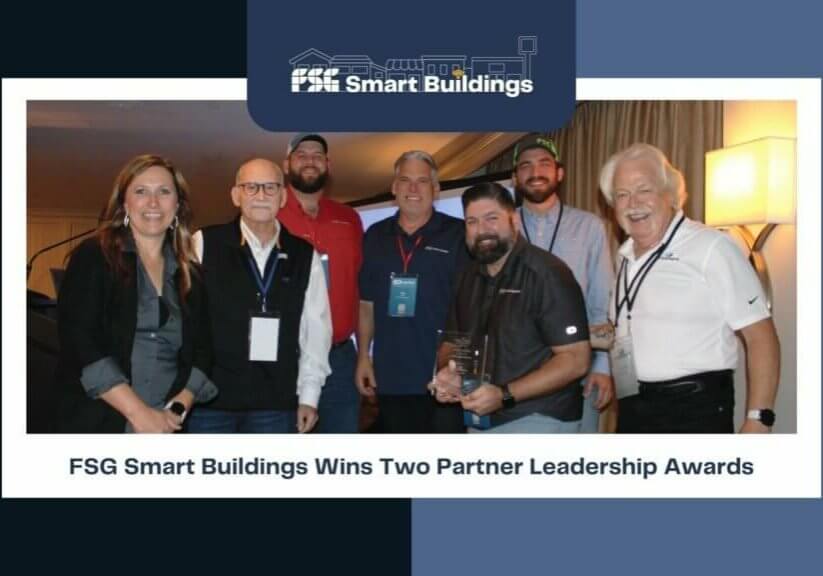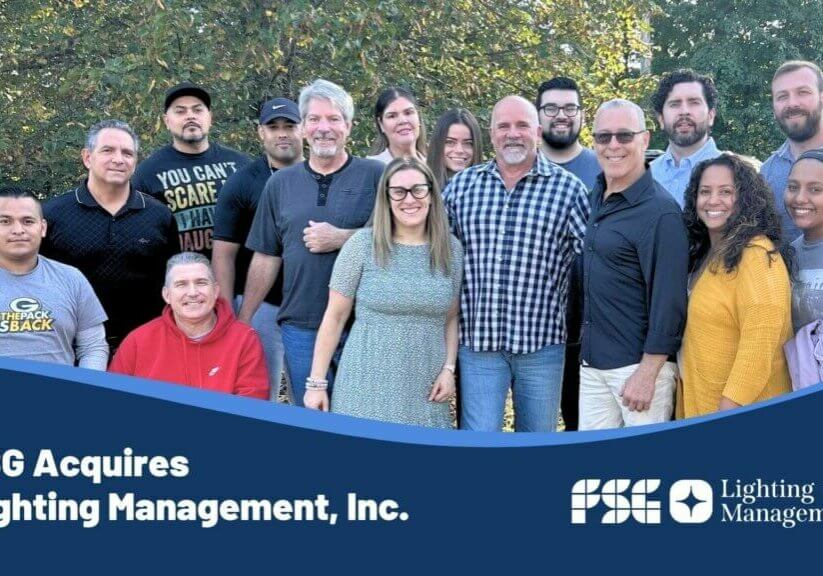They’re out there. Rebates and incentives for your lights.
First of all, what is the difference between a lighting rebate and a lighting incentive?
A lighting rebate is a program that allows customers to save money on lamps that meet certain energy efficiency criteria. A lighting incentive is a program offered by utility companies, state, and local governments that offset the costs of a lighting upgrade when energy-efficient lighting is installed.
An LED lighting retrofit normally represents a significant up-front investment. With rebates, businesses can save money on the lamps used in an upgrade. With incentives, businesses can save big on upfront costs, as the overall cost of the project.
Through programs sponsored by the United States Department of Energy, companies are trying to make it more realistic for end-users to switch to new lights. The end goal is to make a noticeable reduction in the country’s total energy use.
For business owners, these rebates and incentives represent a huge opportunity. Designed to dramatically lower the need for big up-front investments, these programs can help you keep your cash in your business.
“Facility managers should reach out to their electric utility early in the process. Many utilities have rebates for lighting, which may influence their purchasing decisions. Some utilities even provide design and commissioning assistance.”
Brian Lips, Project Manager – DSIRE
These rebates and incentives all require a great deal of detailed work, including audits, pre-approvals, and final sign-offs. Following all the rules, dotting i’s and crossing t’s, is a burdensome process to make sure you qualify for a certain program.
We’ll explain how much easier this process becomes with trusted advisor navigating the confusion.
But first what do these programs actually look like?

Types of Rebates and Incentives
Rebates and incentives for upgrading your lights to new, energy-efficient models are typically offered through your utility company. Some are available directly from a manufacturer, or the federal, state, and local government.
There are three main types of programs:
Instant Lighting Rebates
Think of these as “cash back” offers. These apply to specific lamps and fixtures and are commonly tied to authorized resellers.
Major Advantages:
- No waiting, rebate is automatically built into the price
- No variables, you know exactly what you’ll save upfront
- Simple, probably the easiest way to get a lighting rebate
Major Disadvantages
- Limited to specific products, may not match what you want for your business
- Limited to authorized resellers, meaning you can’t purchase your products just anywhere
Where to Find Instant Lighting Rebates
The nature of these rebates means the offers are constantly changing. Though sponsored by the federal Department of Energy, subsidies for these programs are channeled through the various state governments.
Businesses can search for instant rebates with Energy Star’s Rebate Finder here: Energy Star Rebate Finder
Prescriptive Lighting Incentive
Prescriptive incentives pay you back for executing a lighting retrofit that meets certain criteria. Typically your utility company will offer a $ amount per each DLC listed fixture that is installed.
Major Advantages:
- Long-term payout that helps bring your energy bills down significantly
- More widely available, you or your contractor can apply for them directly
- Typically, the rules for a qualifying project are easy to follow
Major Disadvantages
- Requires a more significant up-front investment than other rebates and incentives.
- The longer timeline for payouts may not be a realistic option for some companies
Where to Find Prescriptive Lighting Incentives
Typically businesses can find information on these incentives by contacting their utility company, consulting with a trusted advisor, or finding these incentives on the DSIRE database.
Custom Lighting Incentives
With a custom lighting incentive (often just called a “lighting incentive”), the burden of upfront costs is lightened a great deal. When you and your facility manager agree on the right utility, state, or local government incentive, the economic rewards can be staggering.
Major Advantages:
- Much wider range of lighting possibilities
- Much greater economic possibilities
- May be able to include cost of labor in the incentive
Major Disadvantages
- Complex rules and hard-to-follow requirements make them all but impossible to execute alone
- Your utility will want to inspect your system frequently to ensure performance
Where to Find Custom Lighting Incentives
The first place you can search for applicable incentives is here, DSIRE, the Database of State Incentives for Renewables & Efficiency. Simply click on your state and start exploring the options.
A utility-based incentive example is an FSG lighting retrofit project for the Arioso Apartments (Pacificap Management, Inc.) in Albuquerque, New Mexico. FSG came up with the perfect solution for the complex through PNM utility company which saved 77% of the cost through incentives. 4,969 fixtures were replaced at a yearly reduction of 570,977 kWh.
A state-based incentive example is the Argonne National Laboratory near Chicago. The Illinois Department of Commerce & Economic Opportunity provided incentives that covered almost 30% of their lighting project, a savings of almost $50,000. In addition, ANL is saving almost $40k/year in energy usage.
Even this brief summary makes lighting rebates and incentives look like big, involved processes. But as with any process, you just need to know how to navigate it to get the program to work for your business.
Will an Audit Be Required?
For most incentives, yes.
One of the requirements for most incentives is a pre-approval audit. Your utility will send a representative to inspect your site and your lights, double-checking that you qualify even before the project starts.
This audit is distinctly different from the standard lighting audit that is conducted by your lighting contractor. The lighting contractor audit will give an accurate assessment of your lighting to get you the best lighting solution and an accurate proposal.
This audit will also allow your lighting contractor to give you an estimate of energy savings that you should expect once the project is complete. This helps businesses get an idea of the payback time to earn back the initial cost of the upgrade.
The plan for your retrofit will also be inspected to make sure the planned lamps and fixtures all fall within the bounds of the incentive.
Find a Trusted Advisor
Like we said, these programs and their rules can be intimidating. That’s one reason why so many businesses rely on lighting contractors for help with these incentives.
FSG has lighting rebate and incentive experts who help our clients get every single dollar that they rightfully deserve.
If you are considering a lighting upgrade for your business, talk to a trusted advisor first. Whether you work with FSG or someone else, make sure you have a trusted advisor by your side.
FSG will work to get you the best rebates and incentives to make your project more affordable, especially at a time like now, when businesses need it most.
If you have any questions about an energy-efficient LED retrofit, or need help with rebates & incentives, give us a call at (512) 886-1258.



